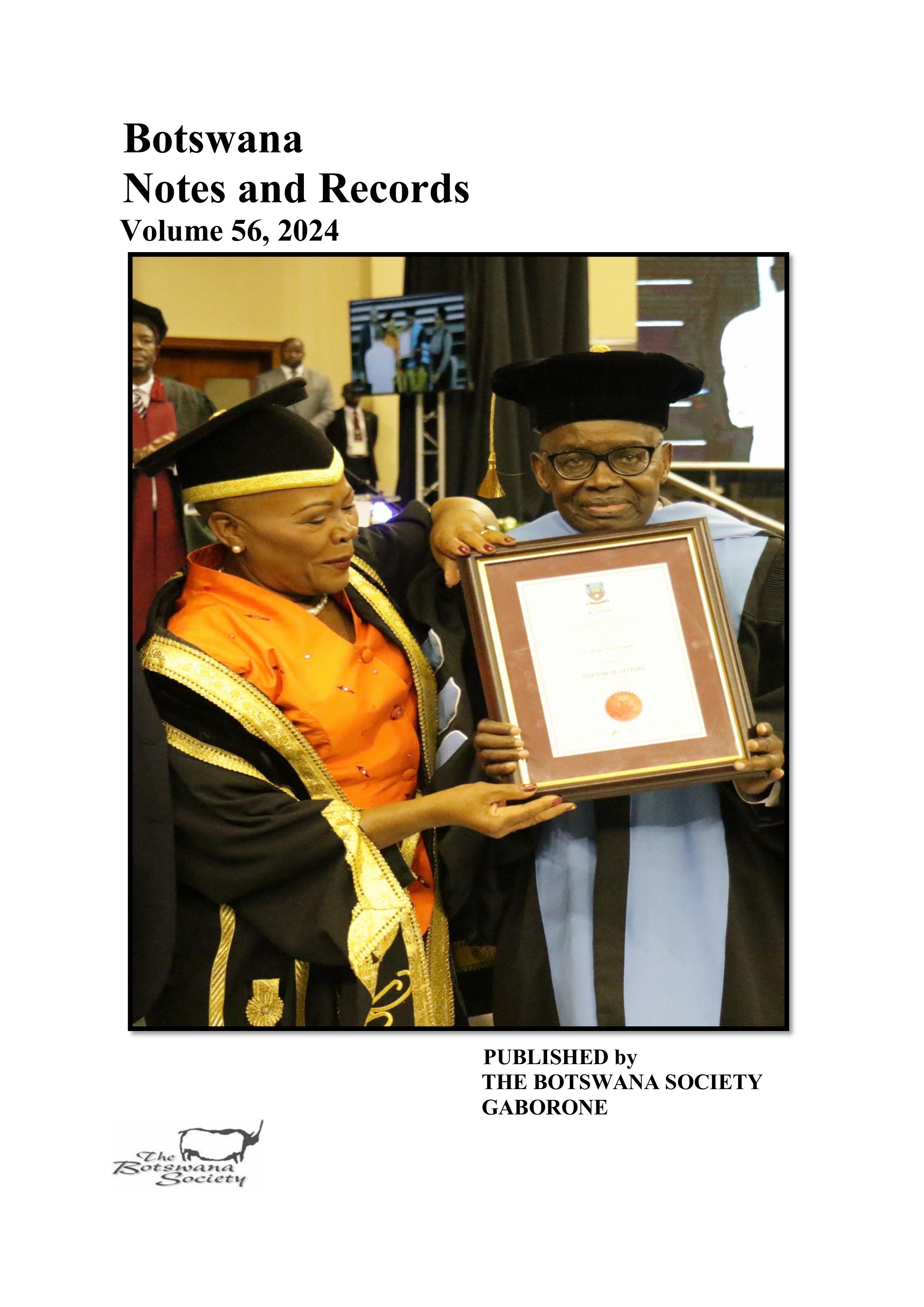Challenges of Bridging Africa: The History of the Kazungula Bridge in Botswana
Main Article Content
Abstract
On 10 May 2021, the Kazungula Bridge across the Zambezi River was officially opened to the
public, directly connecting Botswana and Zambia and, by extension, the southern African
region to the hinterlands of the African continent, making it a transnational transport corridor.
Measuring 923 meters long and 18.5 meters wide, the iconic bridge has been viewed as a
strategic facility that wields huge potential for the integration of regional economies into the
global market with minimum delays at the one-stop border across the Zambezi, which forms
the international border between Botswana and Zambia. The bridge is also important for its
aesthetic value and is touted to draw tourists to the nearby Kasane, the tourist bastion of
Botswana. To appreciate the significance of the bridge, it is important to understand the history
of the crossing at Kazungula. This article examines the socio-economic impact at national,
regional, and also on informal and small business (for the riparian communities (of the
Kazungula and the greater Chobe District) levels. It reveals how, from time immemorial, cross
border trade was carried out across the Zambezi, which could have been a barrier, but through
their indigenous knowledge systems, they were able to mitigate the challenge and therefore
engage in social and economic activities with their counterparts across in Zambia. Drawing on
the qualitative approach, the article utilises primary and secondary sources.
